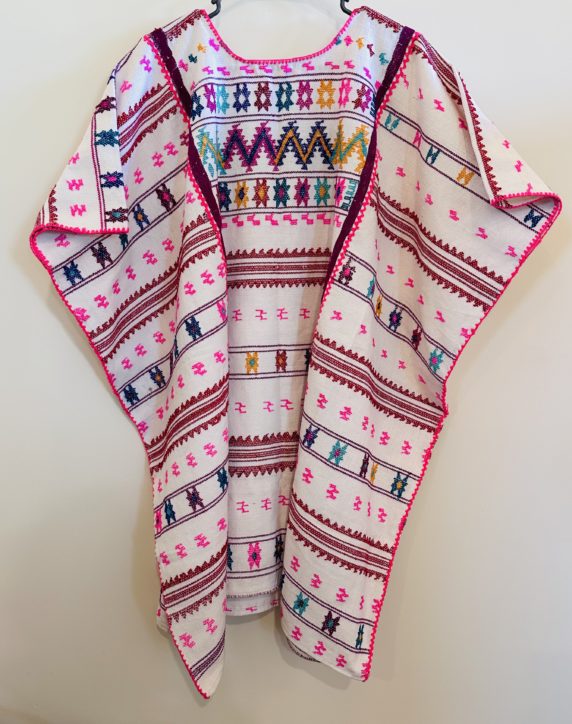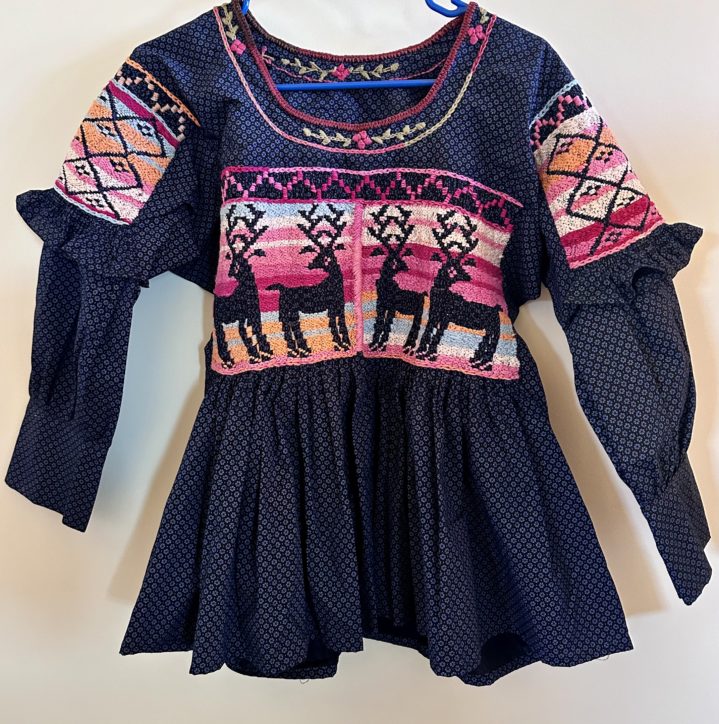Students and faculty from North Carolina State University Department of Horticultural Science are in Oaxaca for a study abroad course on Sustainability in Emerging Countries.
Here’s what a few students say about our first day at Monte Alban.
“We went to see Monte Alban first to give us background about Oaxaca and culture we are stepping into.”
“People here in Oaxaca take pride in this historic archeological site.”
“You don’t know what people are talking about until you see the significance of this place.”
“It was a good foundation for what we would see and experience.”
Monte Alban is one of those spectacular archeological sites that grasp your attention, teach about the sophistication of Zapotec leadership and demonstrate the astronomical prowess of indigenous people.
The visit there gave students an opportunity to see native plants and understand the local plant life and landscape.
As we climbed the temples and examined the plant life, saw the glyphs carved into the stone, and understood the ancient systems of water retention and cultivation, we gained a greater insight into the importance of Oaxaca as the source of corn that was first hybridized here almost 10,000 years ago and spread throughout the world.
We approached from the north side of the Monte Alban. The site is on a mountain-top between the city and the ancient ceramic making village of Santa Maria Atzompa.
The glyphs and carvings tell a story of conquest and dominance over surrounding villages, as well as the glyph language of rectangles and circles. Figures carved upside-down into the stone represented conquered leaders from local villages.
The gold treasures from Tomb 7 are on view at the Santo Domingo Cultural Center next to the church. They were wrought by Mixtecs who occupied Monte Alban in the late classical period.
Students participating are studying agriculture, horticulture, landscape design, business, and nutrition. Each day, they have an intensive discussion with their professors about food sourcing, fertilization, bio-diversity and cultural impact on climate change.
Zapotec rulers lived high above the agricultural valley below. Humans leveled the mountain where the elite lived. The Spanish named the place Monte Alban. When they arrived the mountain was covered in trees with white blooming flowers.
Students will write a paper and receive three-credit hours toward their degree program. We have one doctoral student with us, too.

























Teotitlan del Valle Young Photographers Show at Oaxaca Photography Center
The work of young photographers, ages seven to twelve, from Teotitlan del Valle, Oaxaca, were featured at a festive gallery exhibition that opened last Saturday at the Centro Fotografico Manuel Alvarez Bravo.
They participated in a year-and-a-half photography education project called Nuevas Visiones. Narrando historias visuales en Teotitlán del Valle — New visions: Narrating Visual Histories in Teotitlan del Valle, sponsored by the photography center and various donors.
The students met monthly in their village learning camera techniques, lighting and composition, and were given assignments, mostly just to wander and capture what interested them most.
Juan Enrique Mendoza Sanchez, age 12, Teotitlan del Valle, in front of his photo
Participants
The instructor is Eva Alicia Lépiz. Thanks to Javier Lazo Gutierrez, age 25, course teaching assistant, for sending me this list and to Daniel Brena, director of Centro Fotografico Manuel Alvarez Bravo, and Ixchel Castellon, independent cultural manager, for producing this important program
Subjects ranged from brothers, sisters, a bedroom still life, and burros with the sacred mountain Picacho as backdrop.
What amazed me in looking at the work through the eyes of young people was what they chose to focus on. Subjects we might consider mundane became, in their eyes, beautiful, dramatic and meaningful. A lesson for adults to learn.
Family members and friends mostly gathered in the courtyard of the Centro Fotografico Manuel Alvarez Bravo to celebrate the accomplishments.
The center helped with cameras and instruction. The village provided meeting space and local people gave support.
Above left: instructor Eva Alicia Lepiz.
This is an excellent way to bring young people in closer touch with the visual senses around them and give emphasis to a creative form of personal expression.
Other communities whose young people participate in this innovative outreach program include San Bartolo Coyotepec, Rancho Tejas and El Rosario Temextitlan.
Above left is Javier Lazo Gutierrez, age 25, who was the teaching assistant for the course. He is a very accomplished photographer!
Funding is made possible through a generous grant from Homeruns Banamex 2014 and the Fundacion Alfredo Harp Helu de Oaxaca.
[Chiapas Faces and Festivals: Photography Workshop produced by Oaxaca Cultural Navigator, set for end of January 2016]
Don’t miss this exhibition. It’s a fresh view of the world.
Like this:
2 Comments
Posted in Cultural Commentary, Photography, Teotitlan del Valle
Tagged Centro Fotografico Alvarez Bravo, class, course, exhibition, Mexico, Oaxaca, photography, students, Teotitlan del Valle, workshop